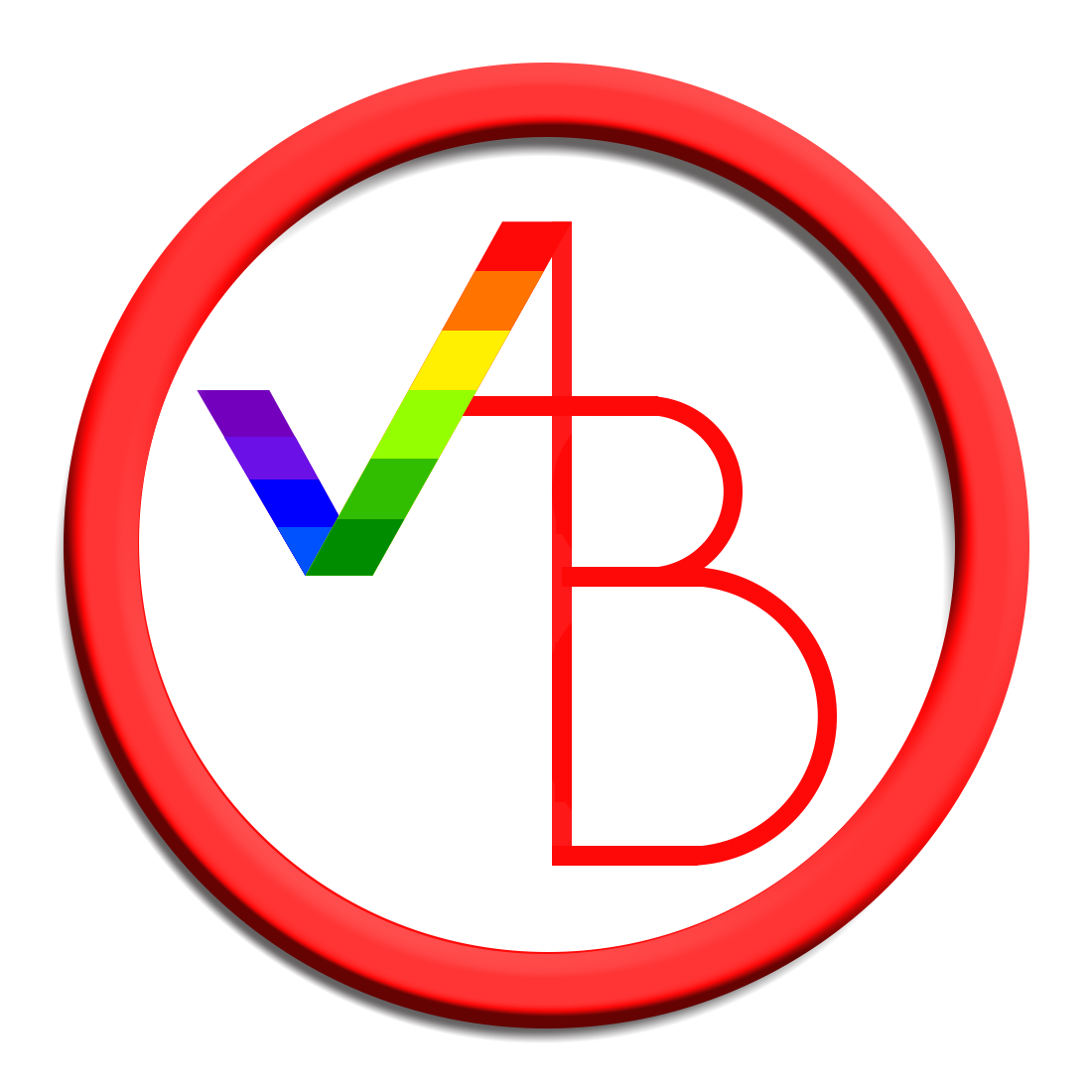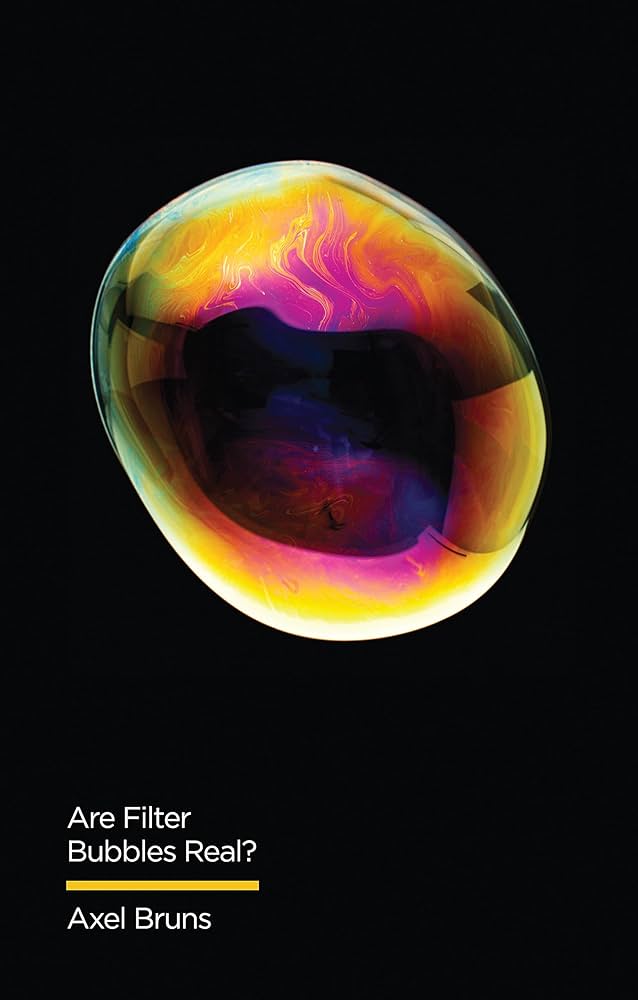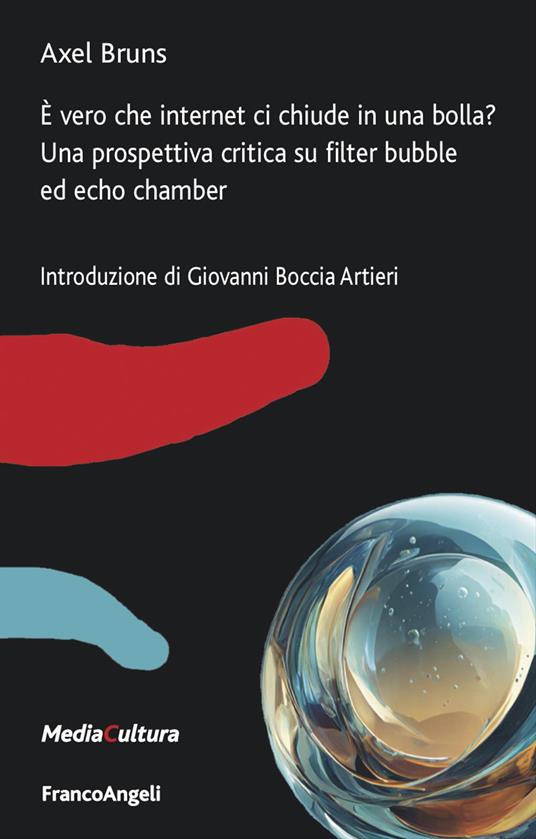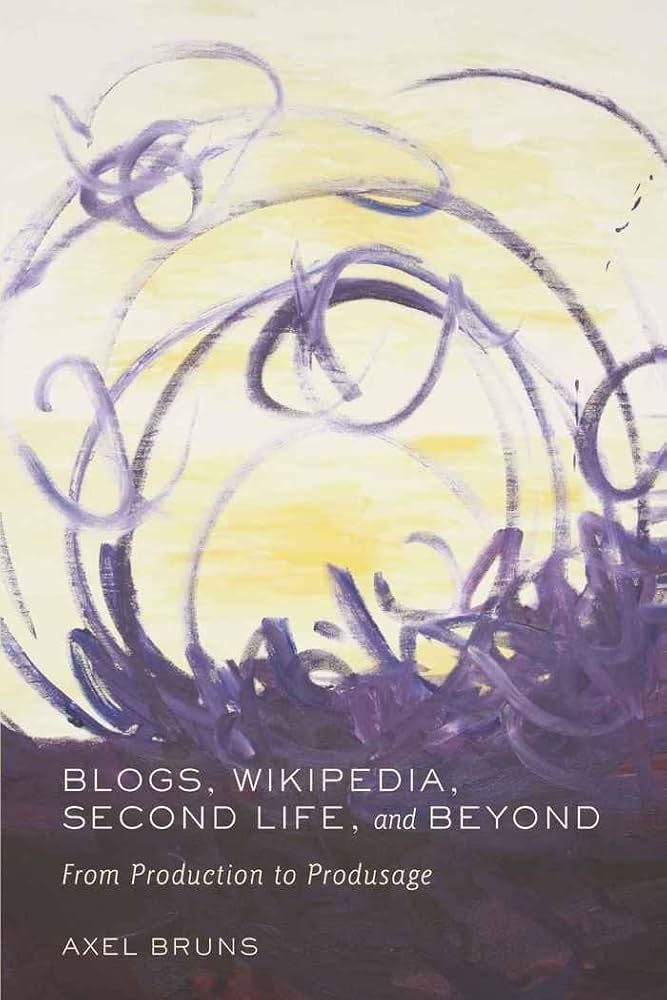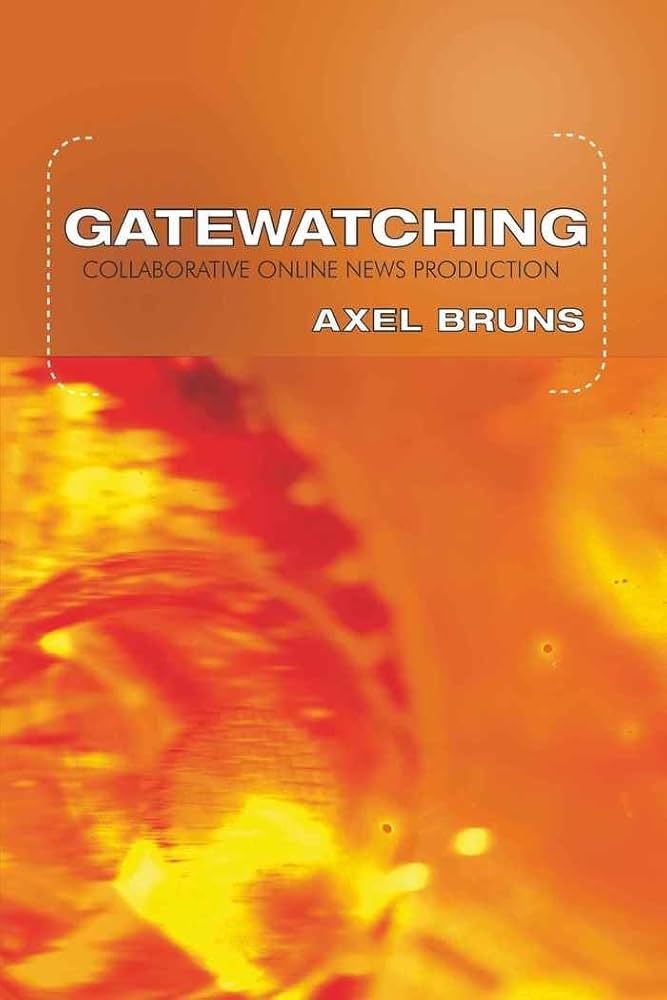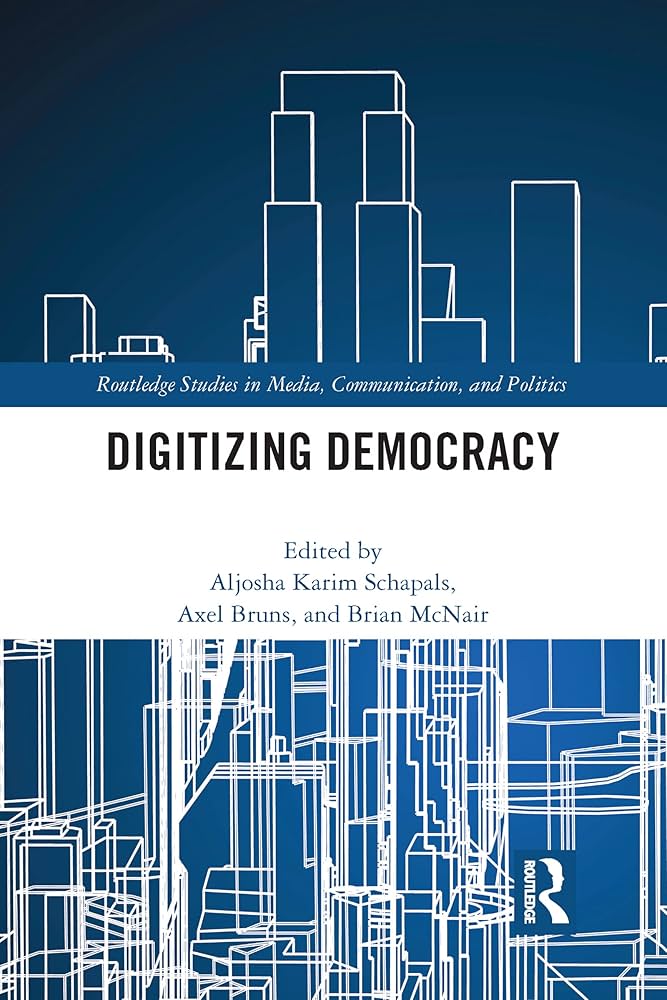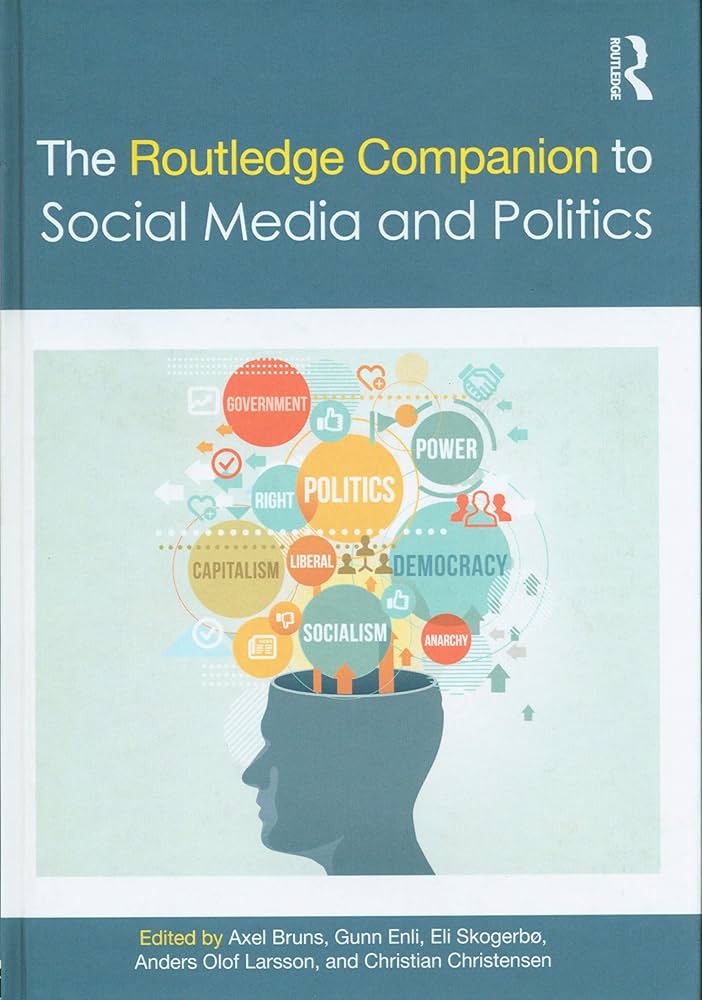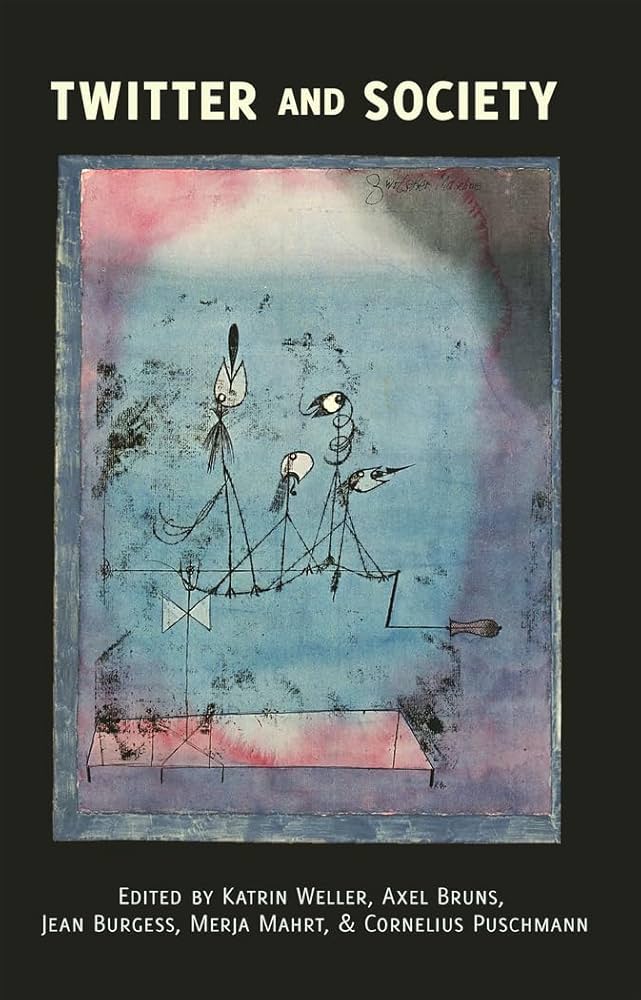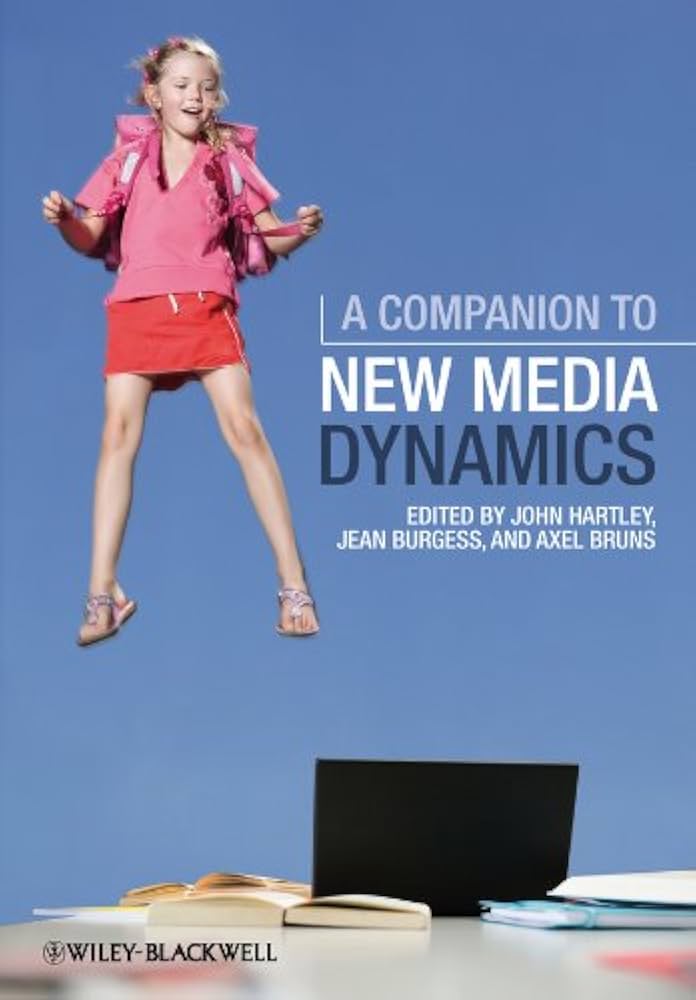The next speaker in this session at the ZeMKI 20th anniversary conference in Bremen is Johanna Wahl, whose interest is in visual political communication on social media. How do the mediatisation and circulation of political images reshape protest forms; how can hybrid and algorithmically conditioned protest practices be analysed through their online visual representation?
Johanna focusses here on protest as a communicative action, and posting, sharing, liking online translates this to the digital environment. Images are important to this: they are embedded into digital media environments that shape communication and meaning, and protest collectives are therefore also increasingly focussing on visual content as expressions of protest, shaping communities, and motivating political action. Protests therefore become hybrid online/offline events, and some offline activities are deliberately staged for online visual communication.
This paper focusses on protest collectives’ activities on Instagram, including groups like Fridays for Future and Last Generation; the analysis of their visual content is combined with ethnographic approaches online and offline. Images captured through this are clustered by algorithmic methods (after some preprocessing to standardise formats), as well as qualitatively analysed.
An analysis of the Fridays for Future images resulted in clusters of crowd photographs of people on streets with large banners; of infographics; and of close-up shots of protesters with posters. These categories appear to be intuitively understood by the protest group itself, too. Last Generation images again clustered into photographs of crowds with large banners; infographics with texts; but also people sitting on streets. Last Generation also conducted photographic training with its activists, perhaps leading to a standardisation of such representations.
Both groups use repetitive visual language to aid recognisability; this is fundamental for collectivity and mobilisation. Fridays for Future employs clear branding and consistent presentations, emphasising green colours, while Last Generation shows more confronting and polarising images, also employs branding, and favours orange colouring.
Both groups’ actions are oriented towards representation online, and therefore towards online algorithmic logics. Visual objectifications shape the communicative construction of social realities, and thereby of the protests themselves.
